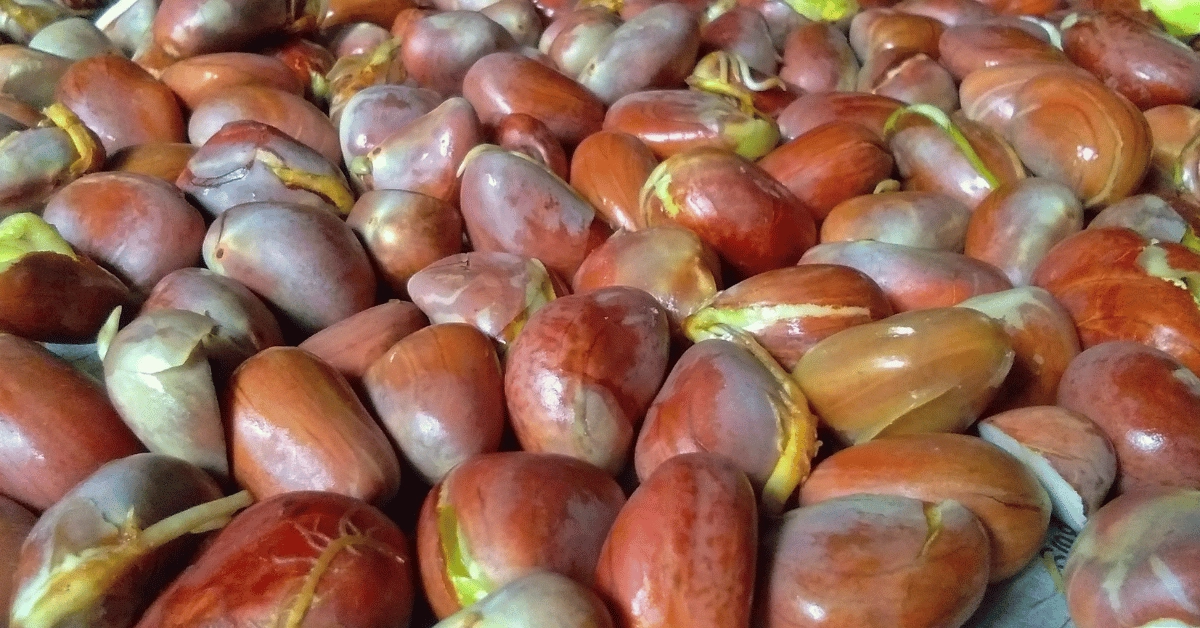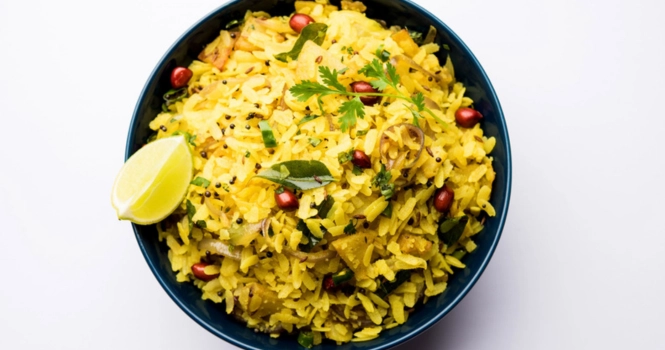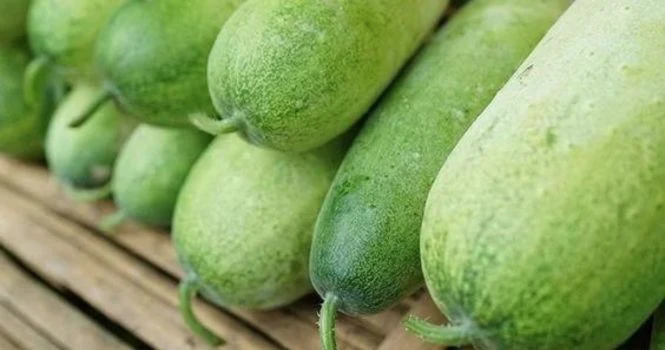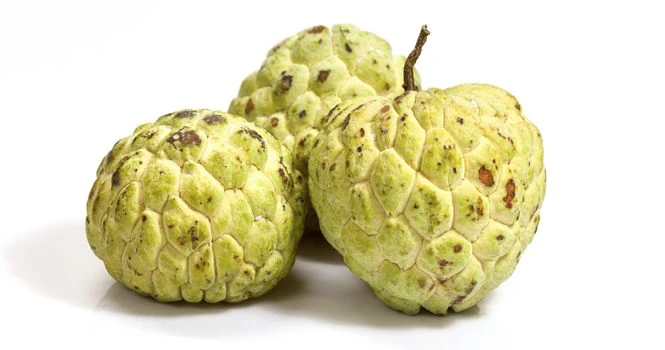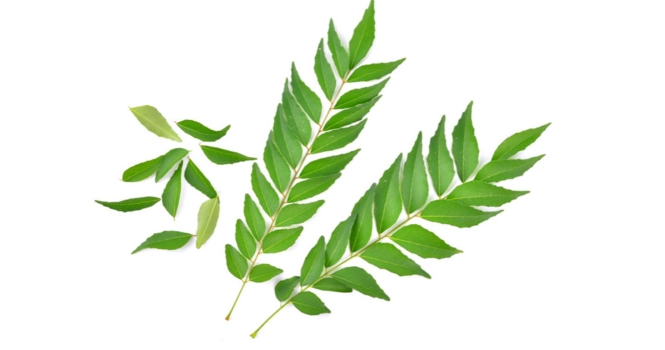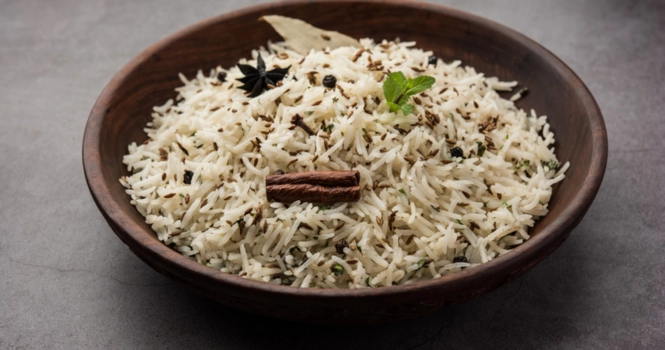Fenugreek Leaves

What are Fenugreek Leaves?
Fenugreek leaves, known as “methi” in Hindi, are an herb with a slightly sweet, nutty flavor often described as a cross between celery and maple. They come from the fenugreek plant (Trigonella foenum-graecum), which is a member of the Fabaceae family.
The plant is native to the Mediterranean region, Western Asia, and Southern Europe. It’s used as a spice, fresh or dried herb, and vegetable in its fresh form as sprouts and microgreens.
Fenugreek leaves are used in a variety of culinary dishes. In Indian cuisine, they’re commonly used in dishes like methi roti, methi pulao, and various curries.
Other Names of Fenugreek leaves
Fenugreek is known by a variety of names across different regions of the world. Here are a few of them:
In India:
- Hindi: Methi
- Kannada: Menthya
- Malayalam: Uluva
- Tamil: Vendhayam
- Telugu: Mentulu
In other countries:
- Arabic: Hulba
- French: Fenugrec
- German: Bockshornklee
- Italian: Fieno Greco
- Spanish: Alholva or Fenogreco
- Turkish: Çemen
- Chinese (Mandarin): Hu lu ba
- Japanese: Koroha
Origin And Cultivation of Fenugreek Leaves (Kasuri Methi)
Fenugreek is an annual plant that is part of the Fabaceae family. The plant’s origins trace back to the Eastern Mediterranean region and Western Asia, where it has been cultivated for thousands of years. Its use was documented in ancient Egypt for embalming mummies, and it was also used in traditional Greek and Roman medicine.

As a crop, fenugreek is resilient and adaptable, capable of growing in a variety of conditions, though it prefers well-drained, slightly acidic to neutral pH soils and full sun exposure. The plant develops white to yellowish flowers, and its seeds are enclosed in a pod that turns yellow-brown when mature.
In terms of cultivation, fenugreek is typically sown in the spring. Its growth cycle is about 2-3 months, making it a fairly quick crop to harvest. The seeds are often sown directly in the soil as they don’t transplant well due to their long taproot system. Once the plant flowers and the pods dry, they are harvested for their seeds.
While fenugreek seeds are widely used in cooking and medicinal applications, the plant’s leaves, both fresh and dried, also hold significant value. Fresh fenugreek leaves (methi) are used in many Indian dishes.
When dried, they are called Kasuri Methi, named after the Kasur region of Punjab, Pakistan, where drying fenugreek leaves is a notable industry.
Kasuri Methi has a more concentrated, aromatic flavor and is a common ingredient in Indian and South Asian cuisines, used to flavor curries, dals, and other dishes.
Uses of Fresh Fenugreek Leaves Vs Dried Fenugreek Leaves
| Fresh Fenugreek Leaves (Methi) | Dried Fenugreek Leaves (Kasuri Methi) | |
| Usage in Cuisine | Commonly used in fresh form in dishes like methi paratha, methi dal, aloo methi, and methi matar malai. | Used in dried form in dishes like butter chicken, paneer tikka masala, and dal makhani. The concentrated flavor enhances the taste of various dishes. |
| Taste | Has a slightly bitter yet refreshing taste. The bitterness is generally mellowed with cooking. | The drying process enhances the sweet, nutty flavor and reduces the bitterness. |
| Shelf Life | Fresh leaves don’t have a long shelf life and should be used within a few days of purchase. | Dried leaves have a much longer shelf life and can be stored for many months if kept in a cool, dry place. |
| Nutritional Value | Contains good amounts of fiber, vitamins and minerals. Most of the nutrients are preserved if used fresh. | Drying process might reduce some of the vitamin content, but minerals and fiber remain largely intact. |
| Medicinal Uses | Often used fresh in traditional medicine, particularly in Ayurvedic practices. | While not commonly used for medicinal purposes, dried leaves still retain many of the beneficial properties of the fresh ones. |
Fenugreek Leaves Vs Seeds
| Fenugreek Leaves (Methi) | Fenugreek Seeds | |
| Form | Leaves can be used fresh or dried. | Seeds are small, hard, and stone-like. |
| Flavor | They have a slightly sweet, nutty, and somewhat bitter flavor. | The seeds have a bitter, nutty, and slightly sweet flavor. |
| Culinary Uses | Used in dishes like methi paratha, methi dal, and various curries. Dried leaves (Kasuri Methi) are used in dishes like butter chicken. | Used as a spice in dishes, pickles, and bread. Often used in powder form in spice blends. |
| Nutritional Value | Rich in vitamins and minerals like iron, magnesium, and vitamin C. | Rich in iron, magnesium, and vitamin B6. Also a good source of dietary fiber. |
| Medicinal Uses | Traditionally used in Ayurvedic medicine for digestive issues, to induce labor, among others. | Used in traditional medicine for managing diabetes, boosting testosterone, and promoting milk flow in breastfeeding. |
| Shelf Life | Fresh leaves should be used within a few days, while dried leaves have a long shelf life if stored properly. | Seeds have a long shelf life and can be stored for a long time without losing potency. |
Side-Effects & Allergies of Fenugreek Leaves (Kasuri Methi)
While fenugreek leaves, including Kasuri Methi, are generally considered safe for consumption in moderate culinary amounts, certain individuals might experience side effects or allergic reactions. Here are some potential adverse effects:
1. Allergic Reactions:
Some people may be allergic to fenugreek leaves and can experience symptoms such as facial swelling, skin irritation, and difficulty breathing upon consumption. If you suspect you have a fenugreek allergy, seek medical attention.
2. Gastrointestinal Issues:
Consuming fenugreek leaves in large amounts may cause upset stomach, diarrhea, bloating, and gas.
3. Medication Interactions:
Fenugreek leaves might interact with certain medications, including anticoagulants and medications used to regulate blood sugar levels, due to their potential effect on blood clotting and sugar metabolism.
4. Pregnancy and Breastfeeding:
Fenugreek leaves have been traditionally used to stimulate labor, so they should be avoided by pregnant women as they could potentially lead to premature labor or miscarriage. While fenugreek is often used to stimulate milk production in breastfeeding women, it’s recommended to consult a healthcare professional before its use in this context.
5. Hypoglycemia:
Due to their potential effect on blood sugar regulation, consuming large amounts of fenugreek leaves may potentially cause hypoglycemia (low blood sugar), particularly in individuals with diabetes.
6. Body Odor:
One unusual side effect of consuming fenugreek is that it can cause a distinctive and unusual body odor, similar to the smell of maple syrup.
This is not a comprehensive list and individual responses to fenugreek can vary. As with any food or supplement, it’s always best to consult a healthcare provider if you’re unsure about potential side effects or interactions.
Frequently Asked Questions
What Are Fenugreek Leaves Good For?
Fenugreek leaves are used in many cuisines, especially Indian, for their unique flavor. They are rich in vitamins and minerals, and may offer health benefits such as improving digestion, reducing inflammation, and controlling blood sugar levels.
What Are the Side Effects of Fenugreek Leaves?
Potential side effects include allergic reactions, gastrointestinal issues like diarrhea and bloating, interactions with certain medications, and a distinctive body odor that resembles maple syrup.
It may also cause hypoglycemia in people with diabetes if consumed in large amounts.
Are Fenugreek Leaves the Same as Methi?
Yes, fenugreek leaves are known as “methi” in Hindi and in various other languages of the Indian subcontinent.
What Is a Fenugreek Leaf?
Fenugreek leaf is the leaf of the fenugreek plant, an herb that is native to the Mediterranean region, southern Europe, and western Asia. It’s used in cooking and has potential medicinal properties.
Are Fenugreek Leaves Good for the Liver?
Some research suggests that fenugreek may have hepatoprotective effects, meaning it may help protect the liver from damage, but more research is needed to confirm these effects.
Are Methi Leaves Good for the Stomach?
Methi leaves are traditionally used in Ayurvedic medicine to aid digestion and soothe stomach ailments, but scientific evidence to fully support these effects is limited.
Do Methi Leaves Cause Gas?
Methi leaves may cause gas and bloating in some individuals, especially when consumed in large amounts.
Can Kidney Patients Eat Fenugreek Leaves?
Fenugreek leaves are generally safe for kidney patients in moderate culinary amounts, but it’s best to consult with a healthcare provider or a dietitian to assess individual dietary needs and restrictions.
When Should I Eat Fenugreek Leaves?
Fenugreek leaves can be eaten at any time as part of a balanced diet. However, if you’re using them for specific health benefits or in medicinal amounts, it’s best to consult with a healthcare provider.
Are Fenugreek Leaves Safe?
Yes, fenugreek leaves are generally safe for most people when used in moderation as part of a balanced diet.
However, some people may experience side effects or allergic reactions, and certain populations (such as pregnant women) should exercise caution.
As always, it’s best to consult a healthcare provider if you have any concerns.
Which Is Better: Fenugreek Leaves or Seeds?
Both fenugreek leaves and seeds have their unique uses and benefits. It really depends on the purpose.
Culinary-wise, the choice between leaves and seeds depends on the recipe. In terms of health benefits, both have similar properties, but the seeds are often more commonly used in medicinal preparations.
Are Methi Leaves Hot or Cold?
In terms of Ayurvedic medicine, methi (fenugreek) is considered to have a heating effect on the body, so it’s categorized as “hot.”
Can We Eat Raw Methi Leaves?
Yes, you can eat raw methi leaves. They can be added to salads for a unique flavor. However, cooking methi leaves can help reduce their bitterness.
How Do You Eat Fenugreek Leaves?
Fenugreek leaves can be eaten in a variety of ways. They can be used fresh in salads or cooked in a variety of dishes such as curries, dals, or flatbreads (like methi paratha).
Dried fenugreek leaves, known as Kasuri methi, are also used as a spice in Indian and Middle Eastern cuisines.
Do Methi Leaves Cause Constipation?
Not typically. In fact, methi leaves are high in fiber and are more likely to help promote regular bowel movements.
How Do Fenugreek Leaves Help in Weight Loss?
Fenugreek leaves are high in fiber, which can promote feelings of fullness and reduce overall food intake, potentially aiding in weight loss. However, they should be part of a balanced diet and healthy lifestyle for effective weight management.
What Does Fenugreek Do for Females?
Fenugreek has been traditionally used to help with symptoms of menopause and PMS. Some also use it to enhance milk production in breastfeeding women, although scientific evidence is mixed.
Who Should Not Take Fenugreek?
Pregnant women should avoid fenugreek in medicinal amounts due to its potential uterine stimulating effects. People with allergies to fenugreek should also avoid it.
Additionally, it might interact with certain medications, such as those for blood clotting and blood sugar control.
Can Fenugreek Cause Hair Loss?
There’s no scientific evidence to suggest that fenugreek causes hair loss. In fact, it has been traditionally used to promote hair growth, but more research is needed to confirm this effect.
Do Fenugreek Seeds Reduce Belly Fat?
Fenugreek seeds are a good source of soluble fiber, which can help you feel full and eat less, potentially aiding in weight loss. However, there’s no specific evidence to suggest that fenugreek seeds directly reduce belly fat.
Achieving a calorie deficit through a healthy diet and regular physical activity is the most effective strategy for losing belly fat.
Can We Drink Fenugreek Water Daily?
Yes, you can drink fenugreek water daily. It is made by soaking fenugreek seeds in water overnight. The water becomes a nutritious drink as it absorbs the seeds’ nutrients.
However, remember to consume in moderation and pay attention to your body’s response, as excessive consumption could lead to side effects such as diarrhea or upset stomach.
What Happens If You Drink Fenugreek Water Every Day?
Drinking fenugreek water daily could potentially offer several health benefits due to its rich nutritional content. It might aid in digestion, help control blood sugar levels, and possibly contribute to weight management due to its fiber content.
However, as with any health supplement, it’s important not to rely solely on fenugreek water for these benefits and to maintain a balanced diet and healthy lifestyle.
How Many Calories Are in a Cup of Fenugreek Leaves?
Fresh fenugreek leaves are low in calories. A cup (approximately 100 grams) of raw fenugreek leaves contains about 50 calories. However, the calorie content can vary based on preparation method and what other ingredients are added.
Are Fenugreek Leaves High in Protein?
While fenugreek leaves do contain some protein, they wouldn’t be considered a high-protein food. The majority of their nutritional value comes from their fiber content and various vitamins and minerals.
For a more significant source of protein, the seeds are a better choice; they contain about 23 grams of protein per 100 grams.
Note: Consult a healthcare provider for personalized advice before using fenugreek for medicinal purposes.
![]()



